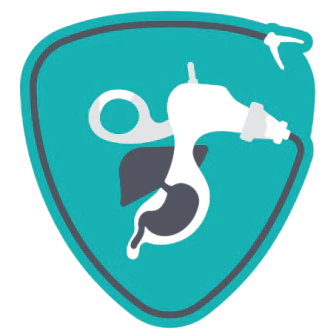Lower back pain is a common complaint during pregnancy, but sciatica can take that discomfort to a whole new level. Sciatica refers to pain that radiates along the sciatic nerve, the longest nerve in the body, running from your lower back through your buttocks and down each leg. While not life-threatening, sciatica can significantly impact your mobility and daily activities during pregnancy.
Understanding the Cause of Pregnancy Sciatica
The culprit behind pregnancy sciatica is a combination of factors:
- Hormonal Changes: Relaxin, a hormone released during pregnancy, loosens your ligaments to prepare for childbirth. This can lead to instability in your pelvis and spine, increasing the risk of nerve compression.
- Weight Gain and Shifting Center of Gravity: As your baby grows, the extra weight puts pressure on your lower back and pelvis. This can misalign your spine and pinch the sciatic nerve.
- Uterine Growth: The expanding uterus can directly press on the sciatic nerve, especially later in pregnancy.
- Fetal Position: Sometimes, your baby’s position in the womb can put extra strain on the sciatic nerve.
Symptoms of Sciatica During Pregnancy
The hallmark symptom of sciatica is a sharp, shooting pain that starts in your lower back and travels down one or both legs. The pain can be constant or come and go, and may be accompanied by:
- Numbness or tingling in the buttocks, legs, or feet
- Weakness in the affected leg
- Difficulty sitting, standing, or walking
Finding Relief for Pregnancy Sciatica
The good news is that sciatica during pregnancy usually resolves on its own after childbirth. However, that doesn’t mean you have to endure the pain in the meantime. Here are some strategies to find relief:
Gentle Stretching and Exercise: Regular stretching and low-impact exercises like prenatal yoga or swimming can help improve flexibility and reduce pressure on the nerve. Always consult your doctor before starting any new exercise program during pregnancy.

- Pregnancy Massage: A prenatal massage can loosen tight muscles and improve circulation, easing sciatic pain.
- Physical Therapy: A physical therapist can create a personalized exercise plan to strengthen your core and improve your posture, reducing stress on the sciatic nerve.
- Heat and Ice Therapy: Applying a heating pad to your lower back for 20 minutes at a time can help relax muscles. Ice packs can also be used for short periods to reduce inflammation.
- Supportive Sleep Positions: Sleeping on your side with a pillow between your legs can help maintain proper spinal alignment. Avoid sleeping on your stomach as it can worsen sciatic pain.

- Supportive Gear: Using a pregnancy belt or maternity support shorts can help alleviate some of the pressure on your lower back and pelvis.
Pain Management During Pregnancy
Over-the-counter pain relievers like acetaminophen may be safe to take during pregnancy under your doctor’s guidance. Avoid taking ibuprofen or other nonsteroidal anti-inflammatory drugs (NSAIDs) as they can be harmful to your baby’s development. If your sciatica pain is severe, worsens, or is accompanied by numbness or weakness that makes it difficult to walk, consult your doctor immediately. They can rule out other underlying causes and may recommend additional treatment options, such as steroid injections in rare cases.
Pregnancy sciatica can be a frustrating and uncomfortable experience. However, with the right strategies and a little patience, you can find relief and manage the pain effectively. Remember, communication with your doctor is key throughout your pregnancy, especially if you experience any concerning symptoms. By working together, you can create a safe and comfortable path towards a healthy pregnancy and delivery.

